I want to use a PNP transistor to switch off a load. I have a microcontroller that can give an output of 3.3V on the base of the transitor. The load can opparate at 3.3V also.
The idea is when the GPIO of the microcontroller is 0 the load is always on. When the GPIO is 1 the load is off. Can I use this circuit below, and what is the value recommended for the resistor?

